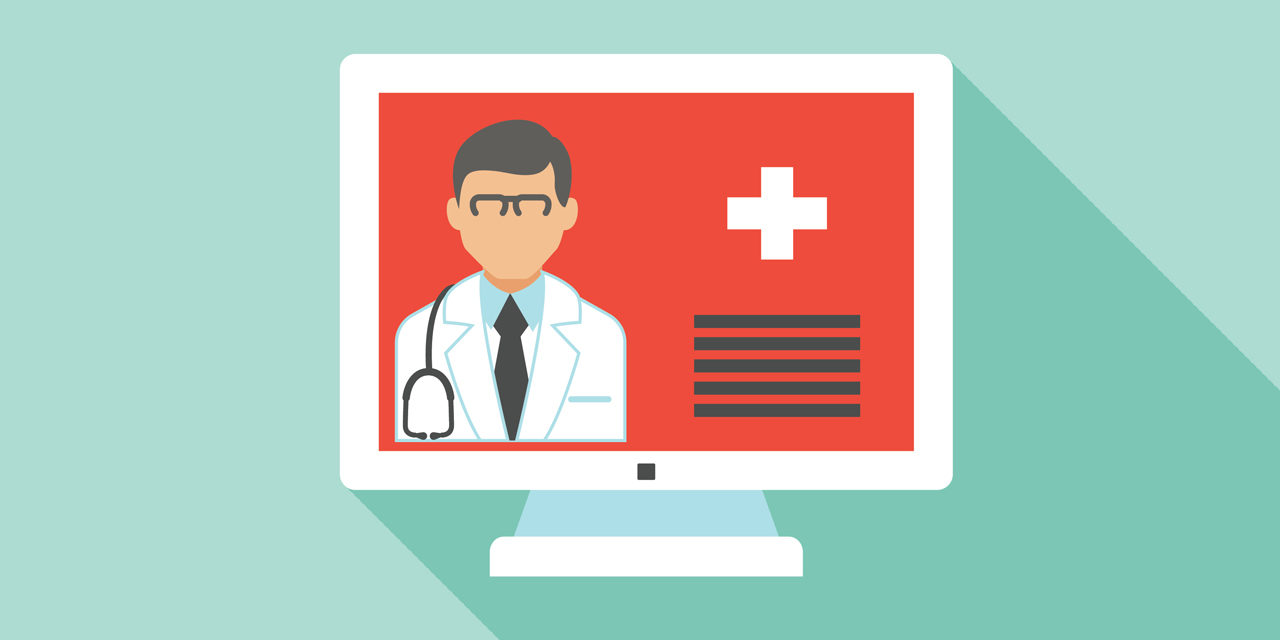There are growing calls to make the abortion pill more readily available to women across the country during the COVID-19 crisis. This is a profound mistake, and one that may potentially result in more women seeking emergency medical attention for abortion pill-related complications.
As reported by The New York Times, “abortion through telemedicine is a quietly growing phenomenon, driven in part by restrictions from conservative states and the Trump administration that have limited access and increased the distance many women must travel to abortion clinics.”
This is both true, but also a bit misleading. Though Texas did successfully ban abortions for a small period of time, the state has now rescinded this order. Other states have attempted to institute bans on surgical abortions, but not all have been successful and the abortion pill is still readily available. In fact, some Planned Parenthood locations have closed due to the pandemic, not because of “restrictions from conservative states.”
This coronavirus pandemic is simply being used as an excuse by pro-abortion activists to expand abortion access and telemedicine abortion without regard to the health risks that women will likely experience.
For the past several years, the Food and Drug Administration (FDA) has allowed telemedicine abortion program TelAbortion to operate as part of a research study. According to its website, “The TelAbortion Study is a research project that aims to evaluate the use of telemedicine for providing a medical abortion to those who prefer to receive abortion pills in the mail.”
It’s a bit frustrating to know that a program like this has been running in the United States since 2016 despite the obvious risks. Recently, the study has also been expanding from five to 13 states, and the study is trying to add more states “as fast as possible.”
The abortion pill process is sometimes portrayed to women as the easy, more “natural” alternative to a surgical abortion. It’s also seen as more convenient since it can mostly be done within the confines of the home. But a medical or chemical abortion is far from easy.
The abortion pill process requires two different drugs, Mifepristone and misoprostol. One is designed to kill the preborn baby, though it is not 100% effective and the FDA considers it as technically one of the most dangerous drugs on the market, and the other causes a woman to basically have an unnatural miscarriage through drug induced uterine contractions and delivers the preborn baby.
There are a fair number of potential complications as well, including hemorrhaging, infection, incomplete abortion and, in extreme cases, death. Women have also complained in studies of severe pain, and about one in five may contact the clinic regarding symptoms that they believe are extreme. It’s also possible for doctors to miss potential complications since only a third party examines the patient before the drugs are administered.
The abortion pill Mifepristone is also designated by the FDA as a Risk Evaluation and Mitigation Strategy (REMS) drug, which means that there are strict regulations in place in order to protect the public. There are only a handful of drugs that qualify as dangerous enough to have a REMS. It seems unsafe to send this drug simply through the mail and counterintuitive to the REMS directive that the FDA already set up.
In a time where hospitals are trying to conserve resources, it doesn’t make any sense to expand telemedicine abortion as women will be put at risk.






